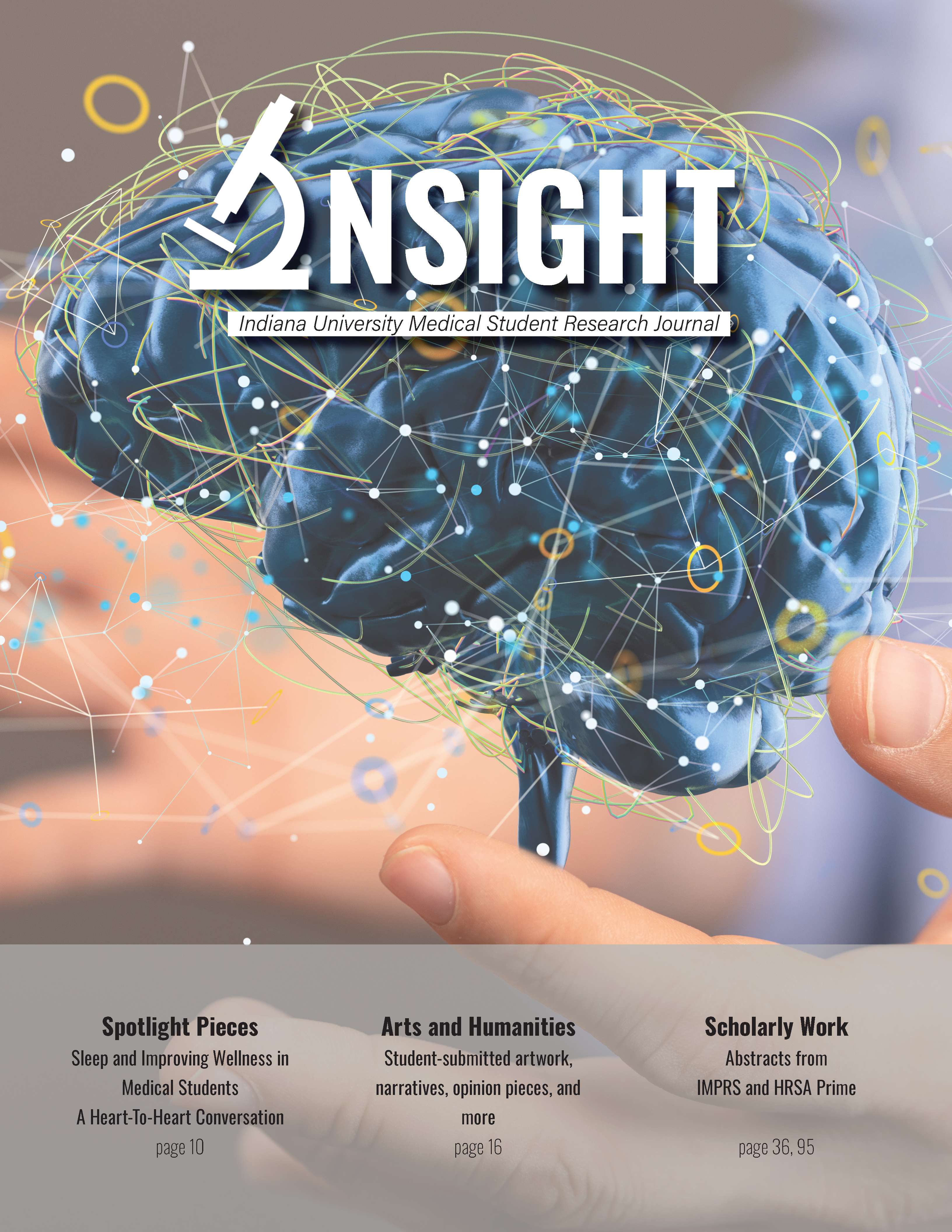Viability of Transplanted de Novo Retinal Ganglion Cells in Human Donor Eyes Maintained Under Elevated Intraocular Pressure
Abstract
Purpose: Glaucoma is a group of optic neuropathies characterized by visual field loss, classically due to increased intraocular pressure (IOP) and retinal ganglion cell (RGC) degeneration. Current treatment options reduce IOP, but existing RGC degeneration is irreversible. RGCs can be differentiated from reprogrammed human corneal fibroblasts and transplanted into the retina to potentially restore vision in patients with late-stage disease when most RGCs are irreversibly damaged. We investigate the survival of these human induced pluripotent stem cell (IPSC) derived RGCs after culturing them in human donor posterior eye cups under conditions of elevated and normal IOP using the ocular translaminar autonomous system (TAS) pressurization chamber.
Methods: Human iPSCs were generated by reprogramming human donor corneal fibroblasts using Sendai virus vectors with Yamanaka factors. These iPSCs were then differentiated into retinal organoids from which RGCs were obtained. The RGCs were then transduced with AAV2-GFP and transplanted into donor posterior eye cups obtained from control individuals. They were pressurized for approximately 5 days, with the left eye maintained at normal IOP and right eye at elevated IOP. Viability was measured by expression levels of pro-survival pathways via qRT-PCR, fluorescent microscopy, and electroretinography for retinal function (ERG).
Results: We successfully transplanted human RGCs into human donor eyes and visualized them after GFP transduction. We maintained a pressure differential between the two eyes for approximately 5 days using the TAS model. Differential expressions of survival, inflammatory and apoptotic genes were identified between normal and high IOP. We identified retinal function changes under normal and high IOP after iPSC derived RGC transplantation.
Conclusions: Human iPSC derived RGCs provide a potential strategy to regenerate vision in patients with diseases that damage RGCs like glaucoma, Parkinson’s, Alzheimer’s, multiple sclerosis, and traumatic optic neuropathy. Future work involves directing the transplanted RGC
Downloads
Published
Issue
Section
License
Copyright to works published in Insight is retained by the author(s).

